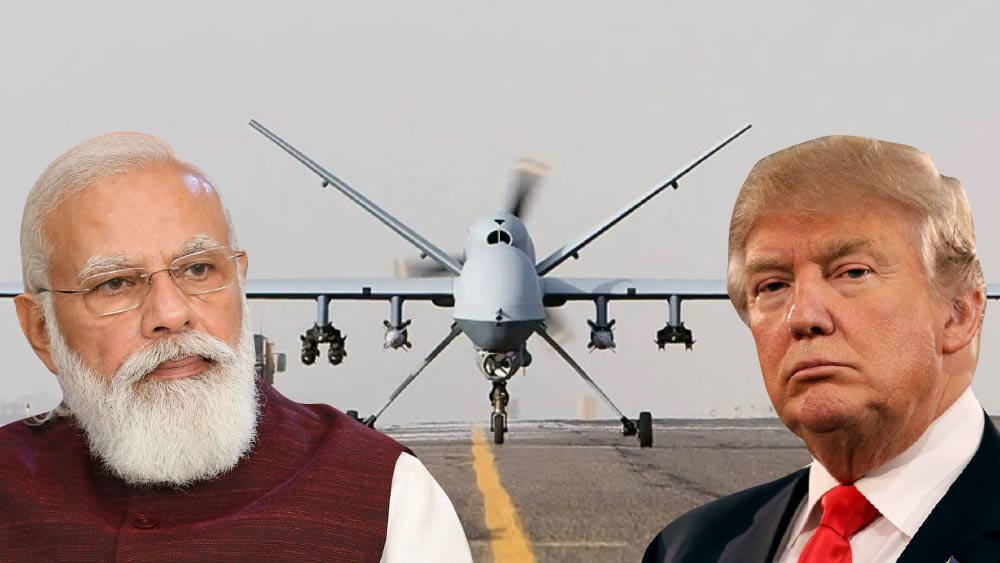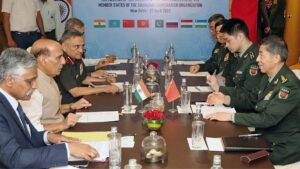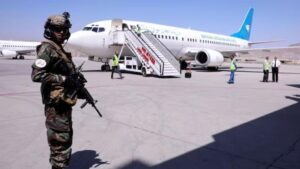US Predator acquisition program still waits for govt’s green signal

rustom 2 drone
Indian acquisitions that are widely reported from the United States predator drone must still take off with the entire process on the so-called pre-pre-acceptance ‘(Aon), because the Narendra Modi government remains focused on the achievement of’ Aatmanirbhar Bharat ‘in the military hardware sector .
According to diplomats based in Washington, D.C. and New Delhi, the decision to move the proposal through AON and the Defense Acquisition Board (DAC) will be carried out only after the green signal from the government. The initial proposal is that India obtained 30 drones with reconnaissance, supervision and hunting capabilities;
The Army, Navy, and Air Force will get 10 for the Force application. Initially, the main player in the acquisition was the Navy, which had operated two versions of the predator drone supervision from its base in Tamil Nadu for the awareness of the maritime domain from Aden Bay to the Sunda Strait outside Malacca.
This week a report by the PTI News Agency quoted Dr. Vivek Lall, CEO of General Atomics, said India was in the continued stage of negotiations’ with the US for the acquisition of 30 MQ 9B Drone to play supervision capabilities.
While Predator Acquisitions – If it happens – from the US to foreign military sales routes will be a political decision, the armed drone era has now been aware in the Indian sub -sub -states, with countries such as China, Pakistan, Iran, the United Arab Emirates, Saudi Arabia, and Turkey is equipped with this independent weapons system.
Proven and capable system, Predators are very expensive – all projects will cost India up to $ 3 billion if approved.
It might be shown India is looking for armed drones but does not want to spend a large amount of supervisory drones – work carried out satisfactorily by Israeli cranes that are enhanced by drones for the Indian military at a much cheaper cost.
Although the Modi government is committed to developing armed drones through the original route, this problem has obtained an urgency with China to develop armed drones with turbo-drop and turbo-fan engines quickly. It also gave Pakistan the armed turbo-drop version of Drone Wing Loong II, while Islamabad was also looking for Turkey for the acquisition of Drone Bayaraktar TB 2 which was much cheaper but effective.
This is a concern for India that Turkey, which is still developing with an Ottoman heritage in the past, was involved in improving the Pakistani weapons system including submarines.
India, meanwhile, has increased Israel’s Heron Drone with a better data link and power ability. This may not have predators in the weapons but has the ability to take unmanned aerial vehicles to fight the enemy.





